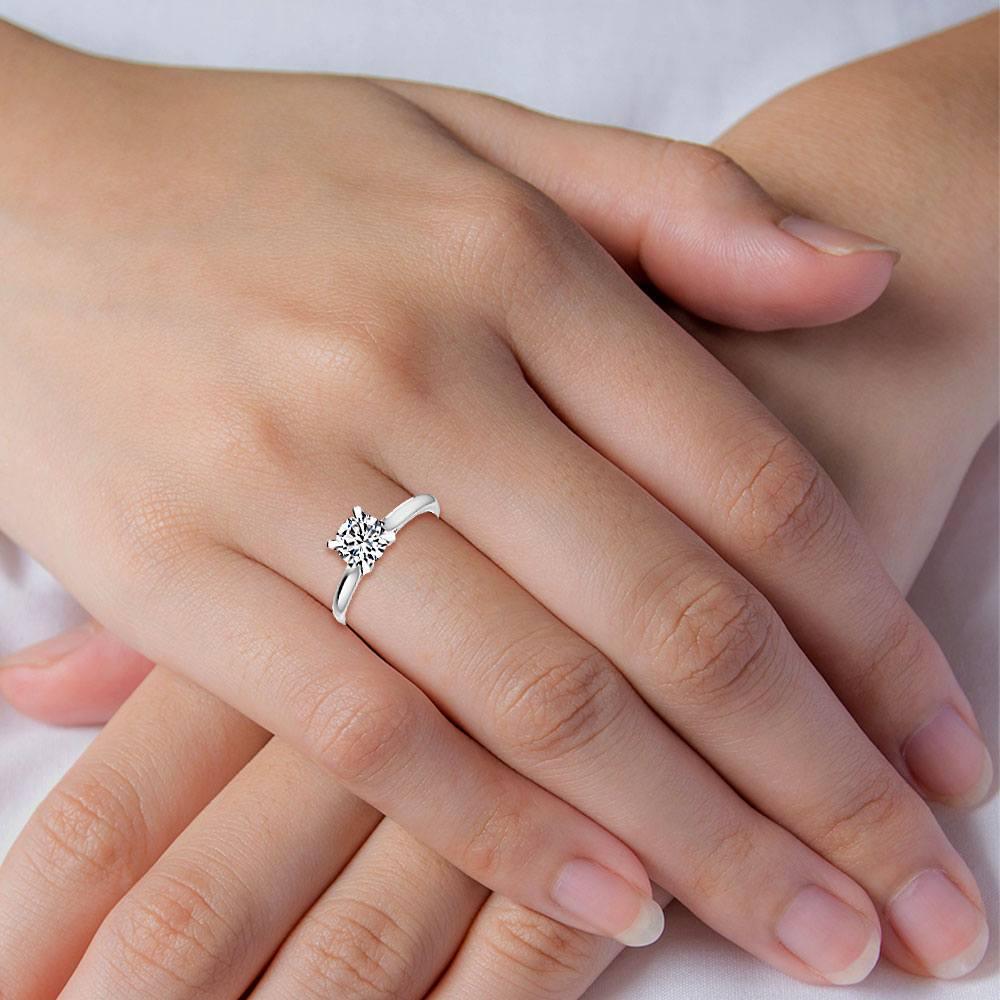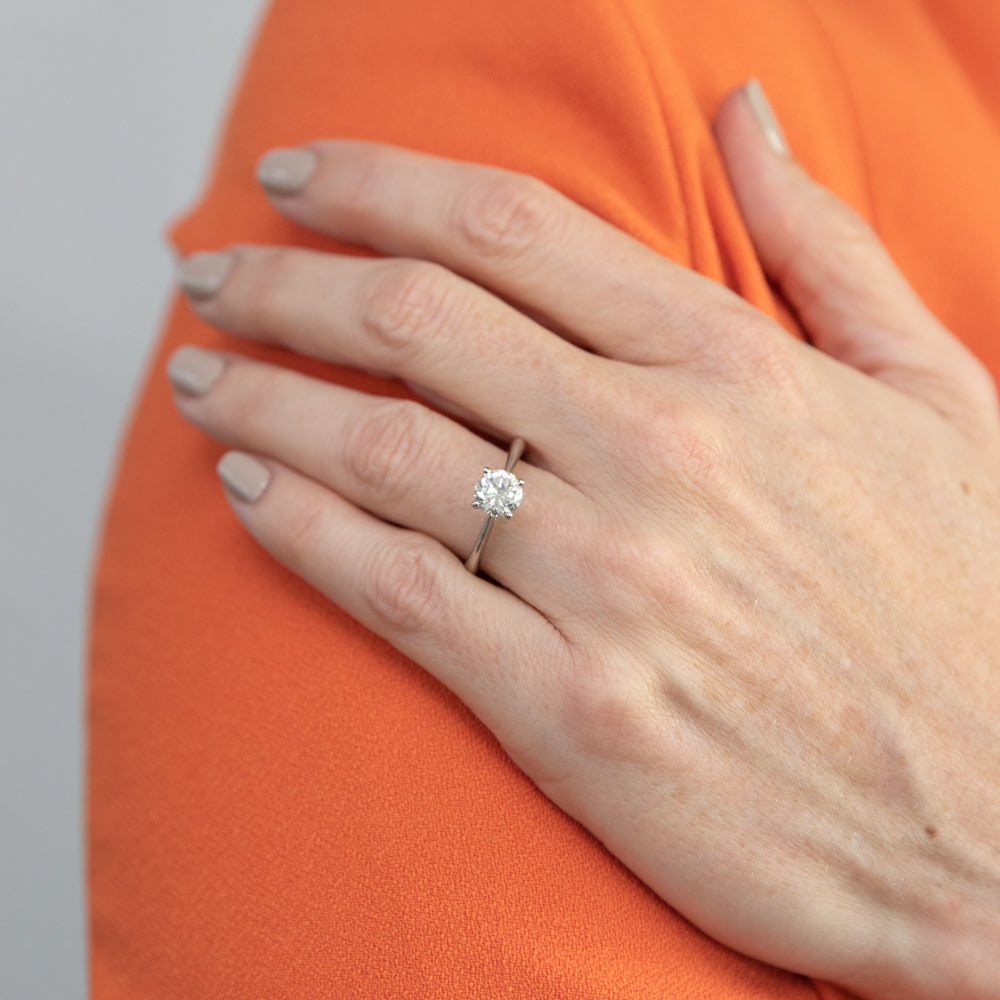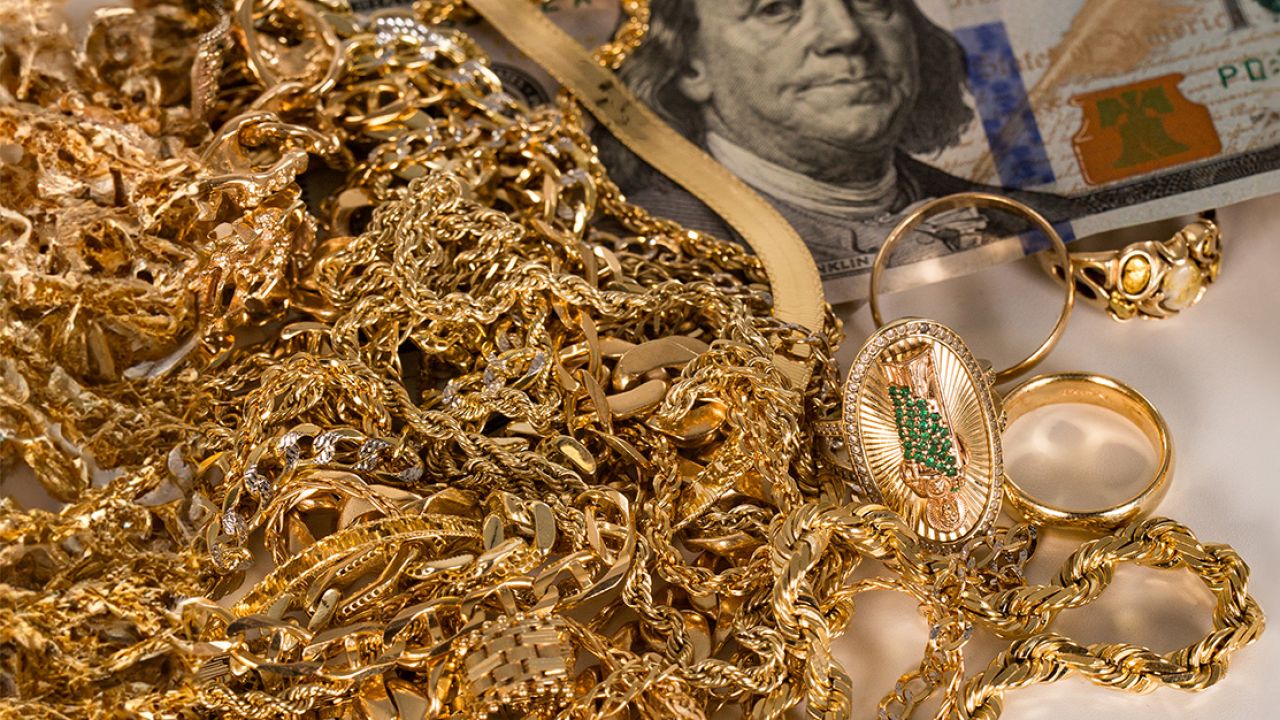Claws for Lab-Grown Diamond Rings: Enhancing Beauty and Sustainability

In the world of fine jewelry, lab-grown diamonds have surged in popularity, offering a sustainable and ethical alternative to mined diamonds. Among the many factors to consider when choosing the perfect ring, the setting plays a crucial role. In this article, we delve into the significance of claws for lab grown diamond rings, exploring their benefits, designs, and maintenance tips.
1. Introduction
When it comes to selecting an engagement or wedding ring, the setting is as important as the diamond itself. Claws, also known as prongs, are the metal projections that hold the diamond securely in place within the ring’s setting. They not only provide support but also enhance the diamond’s brilliance allowing more light to enter from various angles.
2. What are Lab-Grown Diamonds?
Lab-grown diamonds are created in controlled environments using advanced technological processes that mimic the natural conditions under which diamonds form in the earth’s crust. These diamonds exhibit the same chemical and physical properties as mined diamonds but are more sustainable and ethical, making them an attractive choice for environmentally-conscious consumers.
3. Advantages of Lab-Grown Diamonds
Before delving into the specifics of claw settings, it’s essential to understand why lab-grown diamonds have gained traction in the jewelry industry. Unlike traditional mined diamonds, lab-grown diamonds are free from the ethical concerns associated with diamond mining, such as environmental damage and human rights violations. Additionally, they are often more affordable while maintaining the same quality and brilliance as natural diamonds.
4. The Appeal of Claws in Jewelry Design
Claw settings have long been favored in jewelry design for their elegant and timeless appearance. Unlike bezel settings, which encase the entire diamond, claws allow more light to enter the stone, maximizing its sparkle and brilliance. This makes them an ideal choice for showcasing the beauty of lab-grown diamonds.
5. Claws vs. Prongs: Understanding the Difference
While the terms “claws” and “prongs” are often used interchangeably, there is a subtle distinction between the two. Claws typically refer to individual metal projections that hold the diamond in place, whereas prongs are the collective term for all the metal components that secure the stone within the setting. Understanding this difference can help you communicate your preferences effectively to jewelers.

6. Benefits of Claws for Lab-Grown Diamond Rings
One of the primary advantages of claw settings is their versatility. They come in various designs and configurations, allowing you to customize your ring according to your personal style and preferences. Additionally, claws provide excellent security for the diamond, minimizing the risk of it becoming loose or falling out over time.
7. Types of Claws Used in Jewelry Settings
There are several types of claw settings commonly used in jewelry design, each offering its own unique aesthetic and practical benefits. Some of the most popular styles include the classic four-prong setting, lab grown diamonds, the modern six-prong setting, and the delicate micro-claw setting. Each type has its own distinct characteristics, so it’s essential to consider factors such as diamond size and shape when choosing the right setting for your ring.
8. Popular Designs Featuring Claws
Claw settings are not limited to traditional solitaire rings; they can be incorporated into various designs to create stunning and unique pieces of jewelry. From vintage-inspired halo settings to contemporary tension settings, there is a wide range of options available to suit every taste and budget.
9. How Many Claws Should Your Ring Have?
The number of claws used in a ring setting can vary depending on the size and shape of the diamond, as well as personal preference. While four-claw settings are the most common choice for round brilliant-cut diamonds, other shapes may require more or fewer claws to ensure optimal security and stability. Ultimately, the number of claws should complement the overall design of the ring while providing adequate protection for the diamond.
10. Maintaining Claws: Tips and Tricks
Proper maintenance is essential to ensure the longevity of your claw-set lab-grown diamond ring. Regular cleaning and inspection a professional jeweler can help prevent damage and ensure that the claws remain secure over time. Avoid exposing your ring to harsh chemicals or abrasive materials, as these can weaken the metal and compromise the integrity of the setting.
11. The Evolution of Claw Settings
Claw settings have evolved over the years to meet changing trends and consumer preferences. While traditional claw settings were often bulky and conspicuous, modern designs feature sleeker and more refined profiles, allowing the diamond to take center stage while still providing ample support and security.
12. Sustainability and Ethical Considerations
In addition to their aesthetic appeal, claw-set lab-grown diamond rings offer peace of mind for environmentally-conscious consumers. By opting for lab-grown diamonds and responsibly sourced metals, you can reduce your carbon footprint and support ethical practices within the jewelry industry.
13. Buying Guide: Choosing the Right Claws for Your Lab-Grown Diamond Ring
When shopping for a lab-grown diamond ring, it’s essential to consider factors such as diamond size, shape, and setting style. Consult with a reputable jeweler who can guide you through the selection process and help you choose the perfect claws for your ring.
14. Personalization Options with Claw Settings
Claw settings offer endless opportunities for personalization, allowing you to create a ring that truly reflects your style and personality. Whether you prefer a classic solitaire design or a more intricate vintage-inspired setting, there are countless options available to help you bring your vision to life.
15. Conclusion
In conclusion, claws play a vital role in the design and functionality of lab-grown diamond rings, offering both aesthetic appeal and practical benefits. Whether you prefer a classic four-prong setting or a more contemporary six-prong design, there are endless possibilities to explore. By understanding the various types of claws and their respective advantages, you can choose the perfect setting for your ring with confidence.



